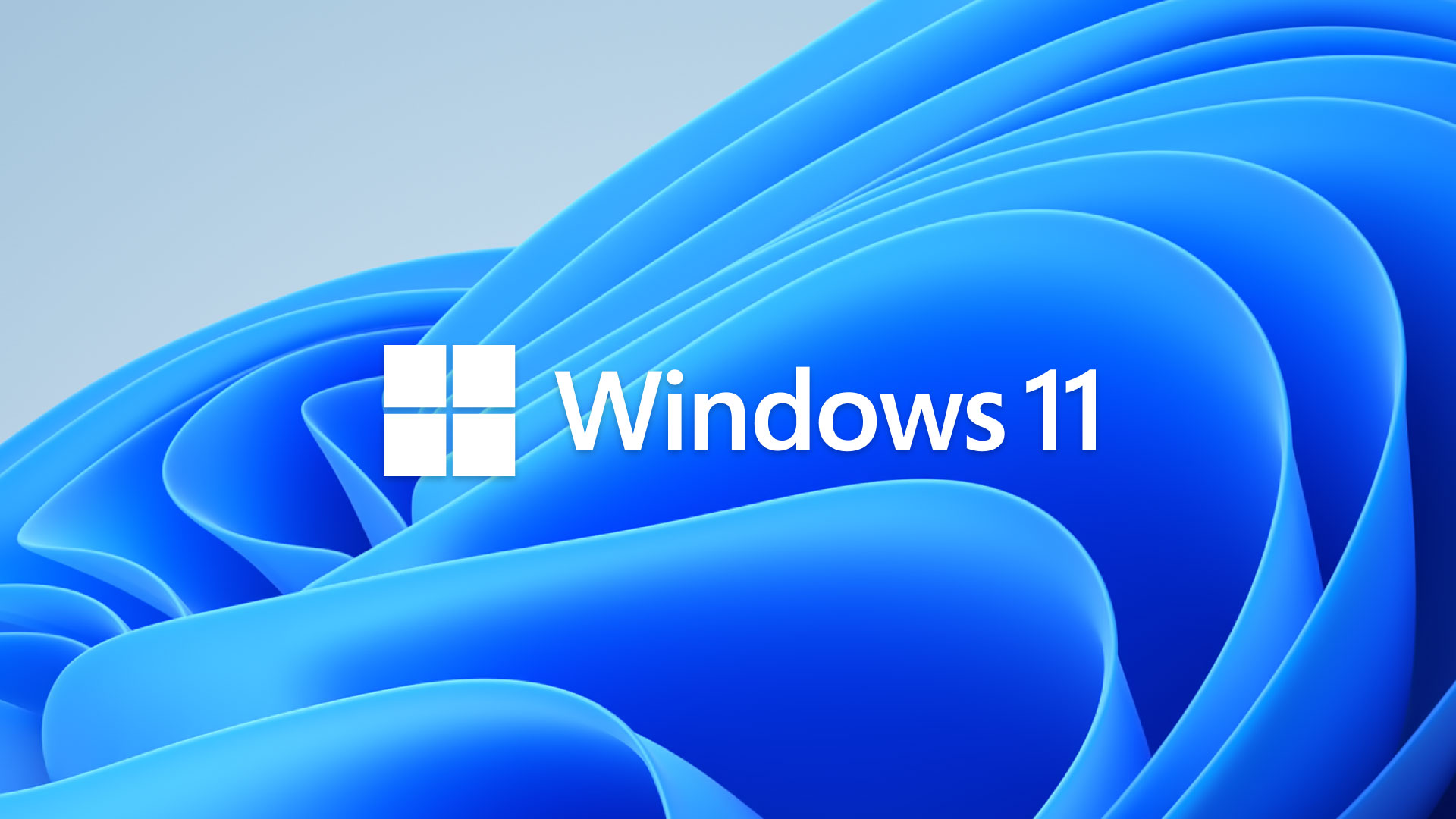- An operating system (OS) is system software that manages computer hardware and software resources,
and provides common services for computer programs.
Time-sharing operating systems schedule tasks for efficient use of the system and may
also include accounting software for cost allocation of processor time, mass storage, peripherals, and other resources.
Eg: MacOS Sequoia, Windows 11 and etc. The image of Windows 11 is above.
- For hardware functions such as input and output and memory allocation, the operating system acts as an intermediary between programs and the computer hardware,
although the application code is usually executed directly by the hardware and frequently makes system calls to an OS function or is interrupted by it.
Operating systems are found on many devices that contain a computer – from cellular phones and video game consoles to web servers and supercomputers.
The above shows the percentage of users of a particular OS in February 2025
There are six types of operating systems:
- Multicomputer operating systems
- Distributed systems
- Embedded
- Real-time
- Hypervisor
- Library
Definition and purpose
- An operating system is difficult to define, but has been called "the layer of software that manages a computer's resources for its users and their applications".
Operating systems include the software that is always running, called a kernel but can include other software as well.
The two other types of programs that can run on a computer are system programs—which are associated with the operating system, but may not be part of the kernel and applications, all other software.
There are three main purposes that an operating system fulfills:
- Operating systems allocate resources between different applications, deciding when they will receive central processing unit (CPU) time or space in memory.
On modern personal computers, users often want to run several applications at once.
In order to ensure that one program cannot monopolize the computer's limited hardware resources, the operating system gives each application a share of the resource, either in time (CPU) or space (memory).
The operating system also must isolate applications from each other to protect them from errors and security vulnerabilities in another application's code, but enable communications between different applications.
- Operating systems provide an interface that abstracts the details of accessing hardware details (such as physical memory) to make things easier for programmers.
Virtualization also enables the operating system to mask limited hardware resources; for example, virtual memory can provide a program with the illusion of nearly unlimited memory that exceeds the computer's actual memory.
- Operating systems provide common services, such as an interface for accessing network and disk devices. This enables an application to be run on different hardware without needing to be rewritten.
Which services to include in an operating system varies greatly, and this functionality makes up the great majority of code for most operating systems.
History of operating systems
- The first computers in the late 1940s and 1950s were directly programmed either with plugboards or with machine code inputted on media such as punch cards, without programming languages or operating systems.
After the introduction of the transistor in the mid-1950s, mainframes began to be built. These still needed professional operators who manually do what a modern operating system would do, such as scheduling programs to run,
but mainframes still had rudimentary operating systems such as Fortran Monitor System (FMS) and IBSYS.
- In the 1960s, IBM introduced the first series of intercompatible computers (System/360). All of them ran the same operating system—OS/360—which consisted of millions of lines of assembly language that had thousands of bugs.
The OS/360 also was the first popular operating system to support multiprogramming, such that the CPU could be put to use on one job while another was waiting on input/output (I/O).
Holding multiple jobs in memory necessitated memory partitioning and safeguards against one job accessing the memory allocated to a different one.
- Around the same time, teleprinters began to be used as terminals so multiple users could access the computer simultaneously. The operating system MULTICS was intended to allow hundreds of users to access a large computer. Despite its limited adoption, it can be considered the precursor to cloud computing. The UNIX operating system originated as a development of MULTICS for a single user.
Because UNIX's source code was available, it became the basis of other, incompatible operating systems, of which the most successful were AT&T's System V and the University of California's Berkeley Software Distribution (BSD). To increase compatibility, the IEEE released the POSIX standard for operating system application programming interfaces (APIs), which is supported by most UNIX systems.
MINIX was a stripped-down version of UNIX, developed in 1987 for educational uses, that inspired the commercially available, free software Linux. Since 2008, MINIX is used in controllers of most Intel microchips, while Linux is widespread in data centers and Android smartphones.


